Thanks MarcandAngel

It’s often hard to tell just how close you are to success.
- You are walking your own path, not anyone else’s. – One of the most foundational sources of both success and happiness is simply being comfortable with who you really are. Not trading your reality for a role or your truth for an act. Not giving up your freedom of thought. Not putting on a mask. So never let anyone’s ignorance, hate, drama or negativity stop you. If you desire to make a difference in the world, you must continue to be different from the world. Don’t be scared to walk alone on your own path, and don’t be scared to like it.
- You are gradually working through your fears. – As you know, running from fear is a race you’ll never win. In fact, what you’re afraid of dealing with is often precisely what will set you free. So keep doing what you’ve been doing – take another step forward today. Don’t let your fear decide your future. Don’t let it shut you down. Instead, let it wake you up! Take chances and indulge in the excitement. Tell yourself that the fear of suffering is far worse than the suffering itself. Convince yourself that everything you want is on the other side of fear. Because it is. (ReadStart
.)
- You have not let failure stop you. – Every success has a trail of failures behind it, and every failure is leading toward success. Oftentimes our greatest insight comes from our failure, not from our accomplishments. It’s a matter of taking each lesson and stepping forward with it. At the end of the day, whether you choose to go with it, flow with it, resist it, change it, or hide from it, life goes on. If what you did today didn’t turn out as you hoped, tomorrow is a new opportunity try again, or to do something totally different. What’s important is to realize that you have a choice.
- You learn something new and grow stronger every day. – To find the best path forward we must occasionally stray from it. There are no wrong turns; only paths we didn’t know we were meant to walk. In the end, to be a success you don’t have to be perfect, you just have to remain perfectly capable of improving. Keep letting your mistakes strengthen you. Life is a series of little journeys. Allow each step to be a teachable moment. And don’t confuse your path with your destination. Just because it’s stormy sometimes, doesn’t mean you aren’t headed for sunshine.
- You have overcome some considerable obstacles. – Nothing is ever as bad as it seems. Nothing! There is a benefit and a blessing hidden in the folds of every experience and every outcome. Consider the possibility that the little obstacles in your life’s path are not obstacles at all, but stepping-stones to amazing places.
- You do your best to love what is. – A big part of success and happiness is not getting everything you want, but mindfully wanting what you get. After all, stress is resistance to what is. Continue to accept what comes to you totally and completely, so you can appreciate it, learn from it and then let it go. Sometimes the best possible response is simply allowing yourself to be at peace with what is, rather than wishing for, and bemoaning, what is not. It’s about doing the best you can with the hand you’ve been dealt.
- You try to be as present as possible. – We all have two lives. And the second one starts now, when we realize that we only have one. Really, nothing is worth more than today. Because you can’t change yesterday or accurately predict tomorrow, but you can ruin today – your real life – by worrying about those two illusory eternities. So stay present and focus on what you can create today. Tomorrow will reveal itself exactly as it should, just as yesterday already has. (Read The Power of Now
.)
- You love yourself first, instead of loving the idea of everyone else loving you. – Putting yourself first does not mean being “selfish.” It means being self-aware. It means never forgetting to love yourself, too.
- You don’t judge people. – People are sometimes too quick to judge, but slow to correct themselves. You know this and you graciously do the opposite. It’s impressive, really. Because it’s much easier to judge people than it is to understand them. Understanding takes extra kindness and patience, and this “extra” is worth it. This “extra” makes a big difference in the end.
- You are the reason some people smile. – Do not miss a chance – not one single, tiny opportunity – to tell someone how wonderful they are and how beautiful they are, inside and out.
- You have incredible people in your life. – Your capacity to be both effective and happy is directly related to the quality of people whom most closely surround you every single day. Having just one or two of these people a phone call away is truly a priceless blessing. These relationships are worth celebrating.
- You have been selfless in your closest relationships. – Almost every immoral action ever committed can be traced back to a selfish motive. It is a trait we hate in other people but often justify in ourselves. The fact that you have made sacrifices for people you love is remarkable in every way. I know it’s not easy. It’s one of the very hardest parts of loving someone – you have to give things up for them. And sometimes, you even have to give them up, selflessly.
- You have given up doing things for others out of guilt. – Sometimes we give in to our loved one’s requests out of guilt. But we need to stop feeling guilty for not giving the people we care about everything they want. It’s sometimes a hard pill to swallow, but we foster the attitude of entitlement in our lives and relationships when we are ruled by a guilty conscience. It’s OK to say “no” to friends and family sometimes. You know this, so just keep doing what you know is right, and never let false guilt get the best of you.
- You aren’t overspending to impress or satisfy others. – I think it’s good for our friends and family to hear us say, “I can’t afford that” or “We will have to save for it.” Because that’s real life. We don’t have all the money in the world to buy everything we could ever want. If you think about it, I bet you’ve known families before who are working multiple jobs to drive luxury cars and keep their kids in expensive extracurricular activities, when honestly, everyone would be happier and better off with more family and friendship time and less financial stress.
- You respect yourself enough to never let anyone walk all over you. – A simple reminder, but so very important: Never, ever submit your self-worth or moral values to a relationship. True love and friendship can flower only under the sun of mutual respect. Some people may try to trample your garden and walk all over you, but you don’t have to sit there and take it. Period. (Angel and I discuss this in detail in the “Self-Love” chapter of 1,000 Little Things Happy, Successful People Do Differently.)
- You know you can’t please everyone, and you don’t try. – That’s right. Keep standing strong. Don’t let the negative opinions of others derail you. Ultimately, there are two kinds of people – those who are a drain on your energy and creative force, and those who give you energy and support your growth. Avoid the first kind. May the bridges you burn light your way. Just be happy, be honest and be true to yourself every day. If others don’t like it, let them be. Success in life isn’t about pleasing everyone.










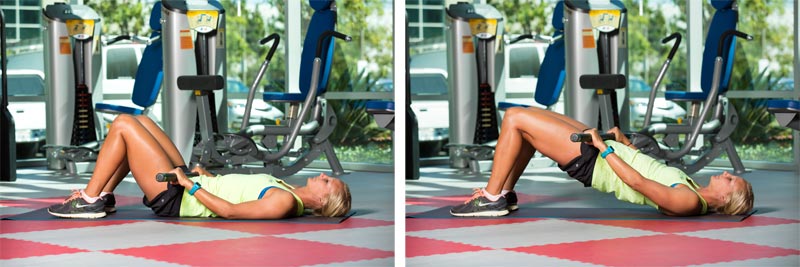
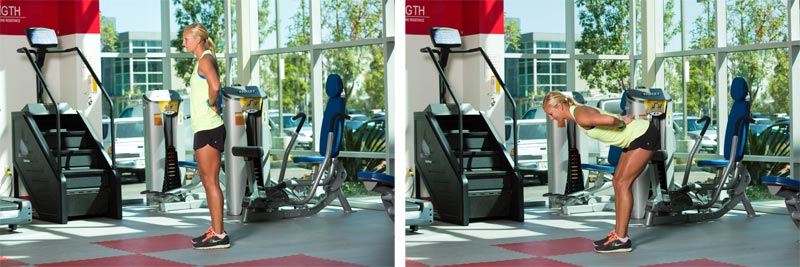
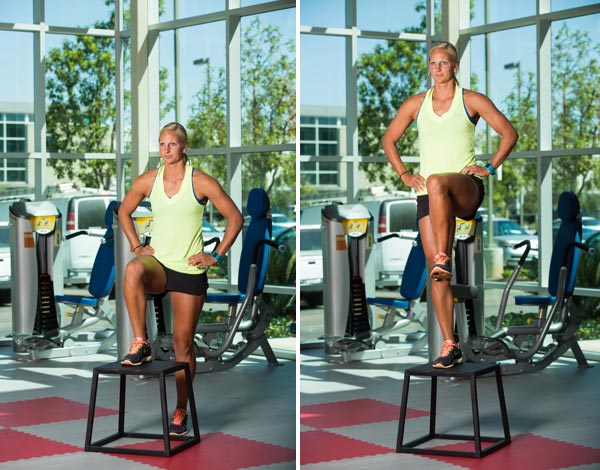
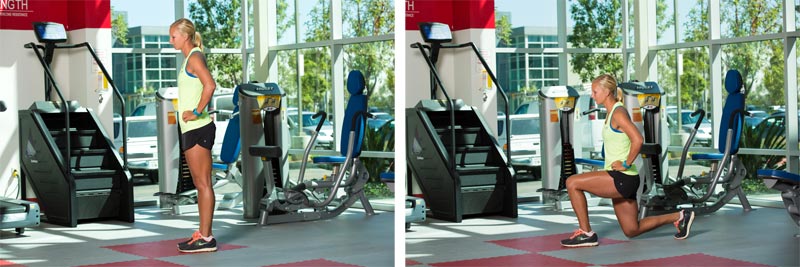
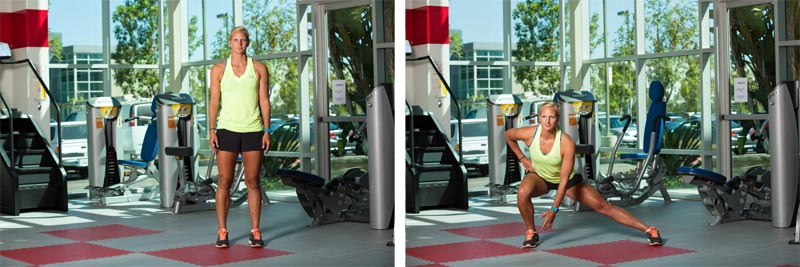
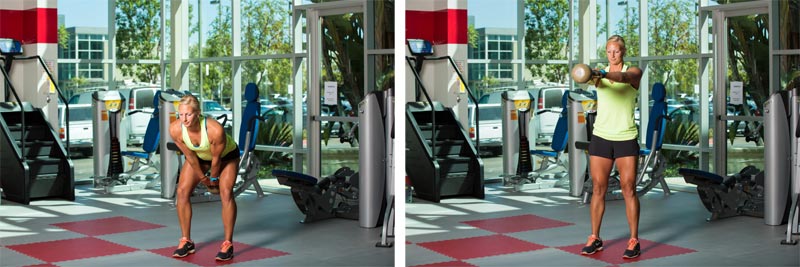
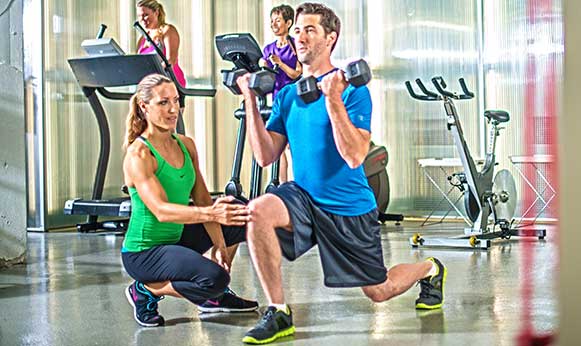
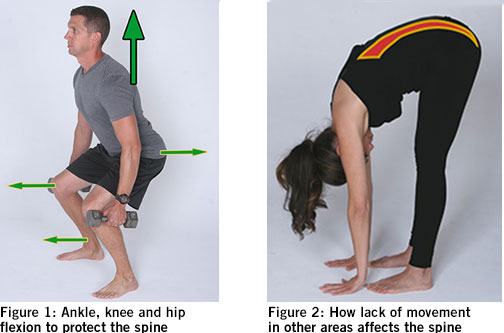

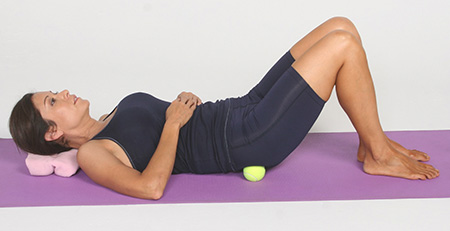
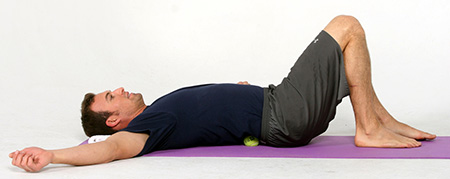
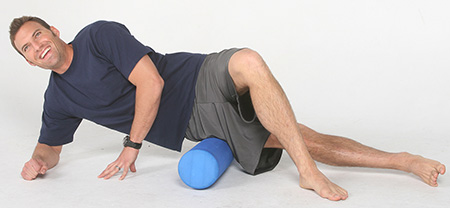
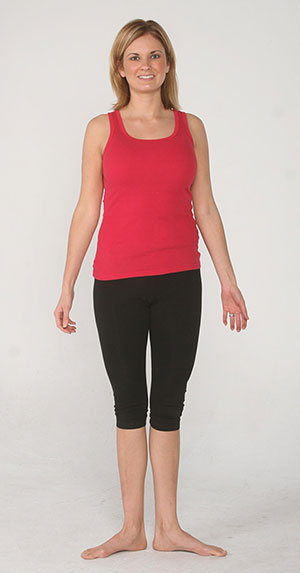
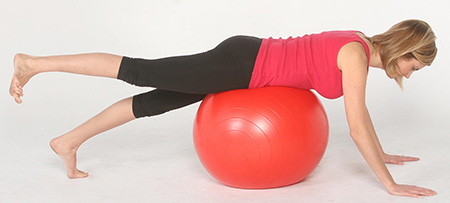

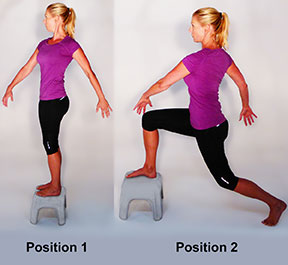
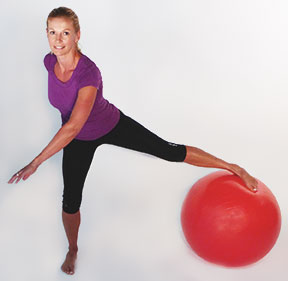
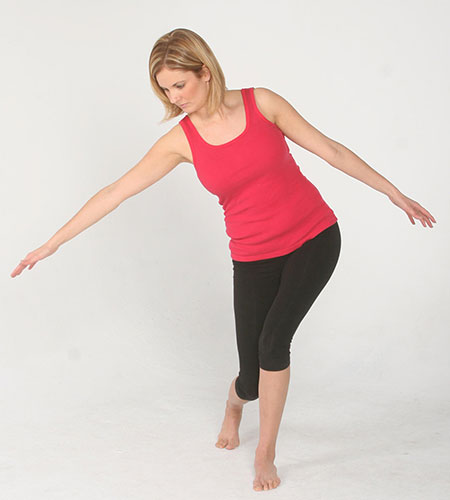


 By Pete McCall, MS
By Pete McCall, MS

